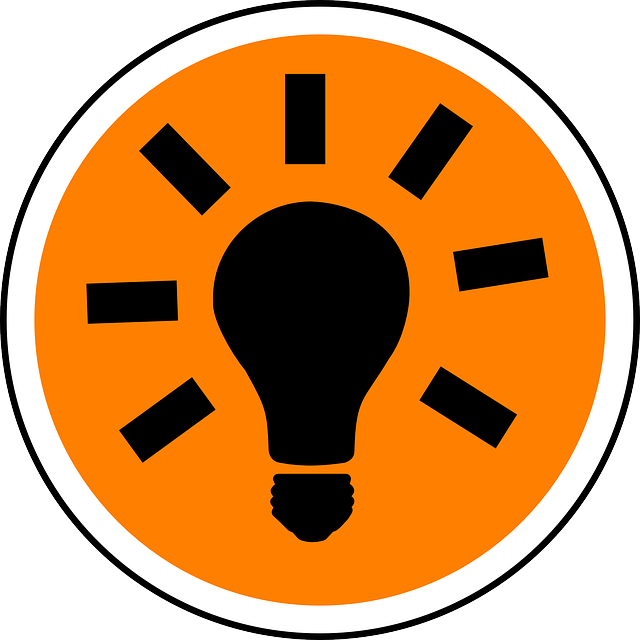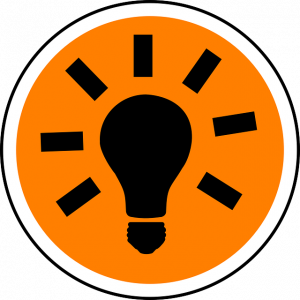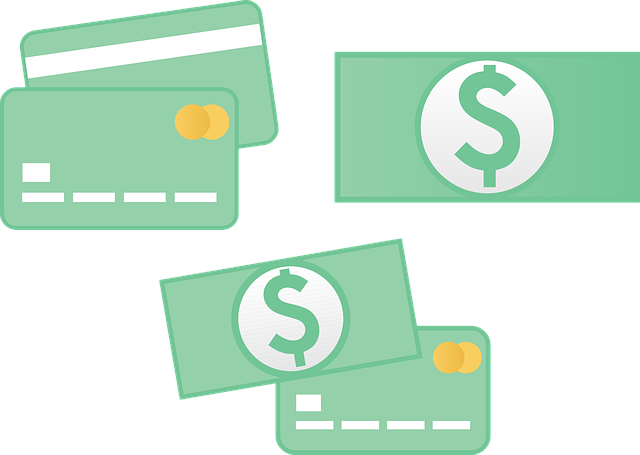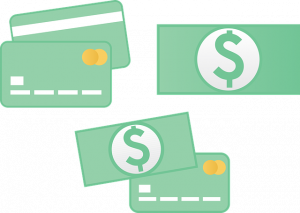What Is a Roth IRA and How Does It Work?

If you’ve been reluctant to start saving for retirement, you may want to open a Roth IRA. A recent survey found that only 17% of Americans view saving for retirement as a top priority. Most Americans either haven’t started saving for retirement, or they simply don’t prioritize this task. If this sounds familiar, you may want to open a Roth IRA. It will give you a head-start on retirement.
The Basics of a Roth IRA
A Roth IRA is a type of individual retirement account that allows you to save after-tax dollars for your retirement. After-tax dollars, of course, is money that you’ve earned and have already paid taxes on.
Many employers offer Roth IRAs for their employees. Some of them may match their employees’ contributions. If you deposit $5,000 into your employer-sponsored Roth IRA, for instance, the employer may match it by depositing another $5,000. Even if your employer doesn’t offer Roth IRAs, though, you can still open one of these retirement accounts.
Roth IRA vs Other Retirement Accounts
There are other types of retirement accounts. With a Roth IRA, though, you can take advantage of tax-savings benefits. You won’t have to pay taxes on the growth earnings of your Roth IRA contributions.
You can use your Roth IRA contributions to invest in stocks, mutual funds or other investment securities. As the value of these investments increases, so will the value of your Roth IRA. While other types of retirement accounts may require you to pay taxes on these growth earnings, Roth IRAs do not
You can also withdraw funds from your Roth IRA after age 59 and ½ without incurring any penalties, assuming your Roth IRA has been active for at least five years.
How a Roth IRA Works
A Roth IRA works like most other retirement accounts but with some caveats. It’s a type of personal or individual retirement account that allows you to contribute after-tax dollars while taking advantage of certain tax-savings benefits.
There are limits to Roth IRAs, however. When filing your taxes as single or married filing separately, you can only contribute $6,000 to $7,000 to your Roth IRA per year, assuming your income is less than $129,000 (rules for 2022 income, which may change from year to year).
Regardless, opening a Roth IRA is a great way to start saving for retirement. You won’t have to pay taxes on the growth earnings of your contributions, and you can even withdraw funds from your Roth IRA without incurring penalties once you’ve reached a certain age.
Have anything else that you’d like to add? Let us know in the comments section below!

Accrual Accounting: 5 Things You Need to Know
 Have you heard of the accrual accounting method? It involves recording revenue and expenses when the respective transactions occur. If your business sells services, for instance, revenue-generating transactions may occur before customers actually pay you. With the accrual accounting method, you can record revenue and expenses before money is exchanged. Here are five things you need to know about the accrual accounting method.
Have you heard of the accrual accounting method? It involves recording revenue and expenses when the respective transactions occur. If your business sells services, for instance, revenue-generating transactions may occur before customers actually pay you. With the accrual accounting method, you can record revenue and expenses before money is exchanged. Here are five things you need to know about the accrual accounting method.
#1) Opposite of Cash Accounting
The accrual accounting method is the opposite of the cash accounting method. The U.S. Internal Revenue Service (IRS) supports both types of accounting methods. The cash accounting method involves recording revenue and expenses at the time when money is exchanged. The accrual accounting method, conversely, involves recording revenue and expenses when the transactions occur.
#2) Preferred Method By Medium and Large Businesses
While the IRS supports the cash accounting method and the accrual accounting method, medium and large businesses typically prefer the latter method. Individuals and small businesses typically prefer the cash accounting method. You can typically use either accounting method; just remember to stick with a single accounting method.
#3) Involve Double-Entry Bookkeeping
The accrual accounting method involves double-entry bookkeeping. Double-entry bookkeeping is an accounting technique in which you record transactions twice. If you sell a service for $10,000, you will record a debit of $10,000 when the transaction occurs. Once you receive payment from the customer, you would record a credit of $10,000 to the same accounts receivable and then another $10,000 for a revenue account.
#4) There’s a Hybrid Method
When most people think of accounting methods, they envision the accrual accounting method and the cash accounting method. But there’s another accounting method available: the hybrid method. As you may have guessed, the hybrid method combines elements of both the accrual accounting method and the cash accounting method.
#5) Offers Real-Time Insight Into Financial Health
You’ll have a better understanding of your business’s financial health if you use the accrual accounting method. The accrual accounting method offers real-time insight into your business’s financial health. With the cash accounting method, you won’t realize revenue and expenses until money is exchanged. The accrual accounting method takes a different approach by realizing them when the transactions occur.
There are different methods that you can use to track and record your business’s financial transactions, some of which include the cash accounting method, the accrual accounting method and the hybrid accounting method. The accrual account method is the opposite of the cash accounting. It’s preferred by medium and large businesses, involves double-entry bookkeeping and offers real-time insight into financial health.
What are your thoughts on the accrual accounting method? Let us know in the comments section below!

How to Track Subcontractor Payments in QuickBooks
 Do you outsource some of your business’s operations to subcontractors? Not all workers are classified as employees. In the United States, most workers fall under the category of employee or subcontractor.
Do you outsource some of your business’s operations to subcontractors? Not all workers are classified as employees. In the United States, most workers fall under the category of employee or subcontractor.
Employees are workers who are on a business’s payroll and receive wages and other employee-related benefits. Subcontractors are not on a business’s payment. They still work for other businesses, but Subcontractors have autonomy. They can choose which jobs they want to perform, and they aren’t eligible for employee-related benefits. If your business relies on the services of subcontractors, you’ll need to track their payments. Fortunately, QuickBooks makes it easy to track subcontractor payments.
Ask Subcontractors to Complete a 1099
You should ask all subcontractors who you are planning to pay at least $600 per year to complete a W-9. You can download a blank 1099 at the official Internal Revenue Service (IRS) website. This form is required for subcontractors.
Add Subcontractors as Vendors
For QuickBooks Desktop, the easiest way to track subcontractor payments is to add them as vendors. You can create a separate vendor in QuickBooks Desktop for each of your business’s subcontractors. Vendors are typically associated with manufacturers or product suppliers, but you can use them for other purposes, such as subcontractor tracking.
To add a subcontractor as a vendor in QuickBooks Desktop, click the “Vendors” menu and select “Vendor Center.” Under “New Vendor,” select “New Vendor.” Next, enter information about the subcontractor in the appropriate fields. When you are finished, click “OK” to complete the process.
Tracking Subcontractor Payments: What You Should Know
You can track subcontractor payments by going back to the “Vendor Center” and clicking “Edit” next to the subcontractor’s name. In the “Tax Settings” tab, click the box for “Vendor eligible for 1099.” You can then enter the subcontractor’s tax identification number.
QuickBooks Desktop will begin to track the subcontractor’s payments after you enter his or her tax identification number. And when it’s time to file the subcontractor’s 1099 with the IRS, you can pull these payments automatically.
A tax identification number is a unique number that the IRS uses to record revenues for subcontractors. Employees will typically have an employee identification number, whereas subcontractors will have a tax identification number. When tracking subcontractor payments, you’ll need to enter their tax identification numbers in QuickBooks Desktop.
Did this tutorial work for you? Let us know in the comments section below!

What Is Bad Debt and How Do You Prevent It?
 When running a business, you should stay on top of accounts receivable. Accounts receivable, of course, consists of debt that you must collect from customers. You may sell a product or service to a customer, but if you allow the customer to pay at a later date, you’ll have to collect the payment. Failure to do so could result in bad debt.
When running a business, you should stay on top of accounts receivable. Accounts receivable, of course, consists of debt that you must collect from customers. You may sell a product or service to a customer, but if you allow the customer to pay at a later date, you’ll have to collect the payment. Failure to do so could result in bad debt.
The Basics of Bad Debt
Bad debt is any debt that is deemed uncollectible. Customers will incur debt when they purchase your business’s products or services while agreeing to pay for them at a later date. Your business, on the other hand, will incur accounts receivables.
Accounts receivables are technically an asset. They are recorded as assets on balance sheets. But you’ll still have to collect those payments from your business’s customers. If a customer fails to pay your business by the agreed-upon due date – and you’ve determined that the debt is uncollectible – your business will have bad debt.
How to Prevent Bad Debt
There are several things you can do to prevent bad debt. Before allowing new customers to make purchases on credit, run a credit check. You can check a customer’s credit to determine his or her risk of default. If a customer had bad credit or no credit, you may want to avoid extending credit to him or her. Instead, require the customer to pay for products or services upfront to minimize the risk of bad debt.
Creating clear and transparent payment terms can help to protect your business from bad debt. Payment terms, of course, state how and when customers must pay their debt. It should mention the due date, and it should mention any fees, such as late fees. With clear payment terms, more customers will follow through with their debt obligations.
Sending invoices in a timely manner is another tip to prevent bad debt. Invoices feature an itemized list of all products or services purchased by a customer. When customers receive an invoice, they can submit payment for all of the purchased products or services. The longer you wait to send an invoice, though, the greater the risk of bad debt.
In Conclusion
Debt is considered bad if you’ve exhausted all efforts to collect it to no avail. It’s the result of customers not paying their invoices according to the terms set forth. To prevent bad debt, run a credit check on all new customers, create clear and transparent payment terms, and make sure you send invoices in a timely manner.
What are your thoughts on bad debt? Let us know in the comments section below!
